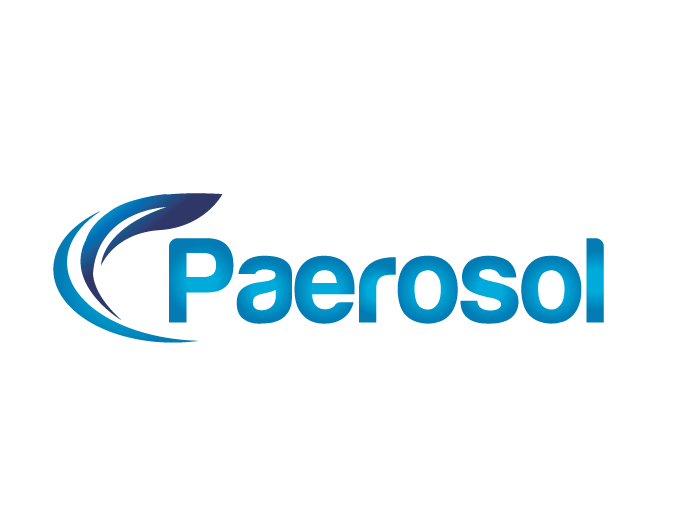Disinfecting high risk areas in healthcare settings is an important part of a holistic strategy to decrease the spread of pathogens, protect from infections, and increase patient satisfaction.
Pathogens in Healthcare Settings
Healthcare-associated infections (HAI’s) are defined as infections patients get during the time where healthcare is being administered for another unrelated condition. HAIs are usually acquired after hospitalization and manifest 48 hours after the patient is admitted to the hospital. Many HAIs are caused by serious antibiotic-resistant bacteria and are directly linked with high morbidity and mortality.
About 1 in 31 inpatients have an infection related to hospital care, which leads to staff being at higher risk, higher costs for hospitals, and a decrease in patient satisfaction. MRSA, respiratory viruses such as SARS-CoV-2, and drug-resistant species are HAIs of concern in hospitals and long-term care facilities.
HAI’s increase the patient’s length of stay along with having high morbidity and mortality which can end up costing the healthcare system billions in dollars each year. Each year HAIs cost U.S. hospitals around $28.4 billion dollars, along with resulting in early deaths and lost productivity.
Many patients in healthcare facilities are already ill and lack the strong immune system needed to fight off germs. Studies show that effective cleaning and disinfecting strategies significantly reduced viruses and bacteria present in healthcare settings. Maintaining a safe and clean environment helps protect patients and increase overall satisfaction.
How to Disinfect to Kill Germs
Disinfection ensures germs are destroyed or killed, while cleaning removes substances such as dirt, dust, and germs from objects and surfaces. Salud America states that, “preventing antibiotic resistance through the use of cleaning and disinfection practices benefits both patients and healthcare workers”. Using the best cleaning and disinfecting practices helps to lower the risk of cross-contamination across high-risk surfaces and reduce pathogens.
It is essential to make sure to disinfect high-touch surfaces such as door handles, light switches, handrails, remotes, and countertops along with high-risk spaces such as patient care rooms. High-touch surfaces in these rooms can include surfaces like patient bed rails, patient chairs and chair handles, TV remotes, call lights, bathroom fixtures, and control panels or knobs.
High-touch services such as patient transports should also be a high priority. Actions that can be taken to protect staff and patients during patient transport include sanitizing stretchers and wheelchairs before use.
Previous studies have shown that terminal cleaning fails to remove bacteria from surfaces, such as patient beds. Many hospitals and medical clinics are not following the mattress manufactures instructions for use that include cleaning, disinfecting, and inspecting the mattress. Not cleaning these surfaces correctly will lead to patients being at risk of hospital acquired infections.
Floors are high-touch areas that are often overlooked when cleaning and disinfecting takes place in a medical center or hospital. Floors in these environments can be contaminated by airborne bacteria, spills, wheelchair use, bags, and shoe soles and can easily transfer germs to other surfaces. After cleaning floors, disinfect with a product that can quickly permeate a room and kills pathogens instantly upon contact. This makes disinfecting areas with high foot traffic easier.
The Covid-19 pandemic forced many healthcare facilities to evaluate the current cleaning and disinfecting practices in place. During the pandemic, UNC Medical Center cleaning staff conducted more frequent cleanings and used an extra-strength EPA approved disinfectant to keep patients and staff safe from pathogens. Now that the pandemic has begun to die down, they still use this more thorough cleaning and disinfecting regimen due to its proven ability to reduce the spread of pathogens.
Paerosol’s Effective Disinfecting Solution
When it comes to protecting your staff and patients you need a disinfectant platform you can trust. Paerosol has worked directly with Madigan Army Hospital to test and measure the effectiveness of its patented disinfecting dry spray technology.
The disinfecting solution consists mainly of Hypochlorous Acid that has the ability to permeate an entire room by diffusion killing bacteria, diseases, and mold spores instantly upon contact. HOCL is used in the disinfecting platform in dry aerosol form meaning there is no residue, moisture, corrosion, or negative side effects. This makes it the perfect solution to keeping healthcare spaces free from dangerous pathogens.
Contact our team today to kill mold, bacteria, and viruses in your hospital and medical center at up to a 99.9999% rate of effectiveness with Paerosol’s technology solutions.

[…] no small task to maintain clean spaces in commercial, medical, and educational settings. The challenge is finding a balance between keeping an office functional […]